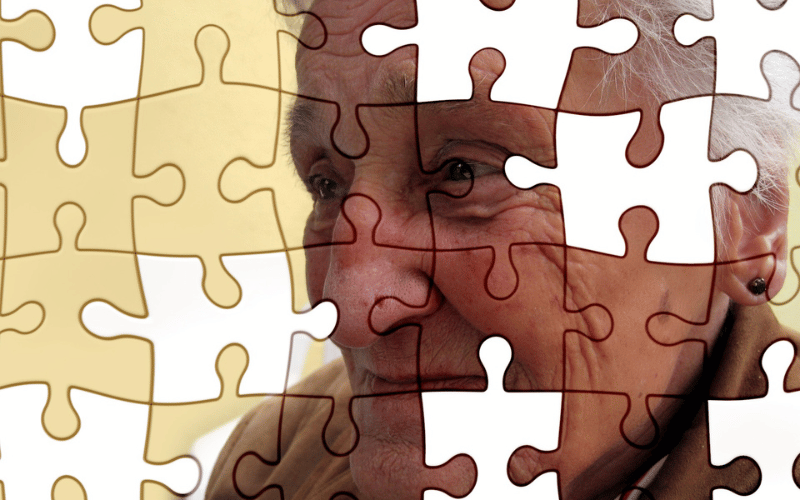Introduction: The Factors Fueling Shingles (Zoster, Herpes Zoster)
Shingles, a painful rash known by its medical term as “Herpes Zoster”, remains an enigma to many. This skin condition, which often wraps around either the left or right side of the torso, is more than just an unsightly disruption. It’s an alarm bell, signaling a reactivation of the varicella-zoster virus (VZV) – the same culprit behind childhood chickenpox.

For many, the memory of chickenpox fades with the marks it leaves, only to be rekindled by the sudden and unexpected appearance of shingles in adulthood. But what triggers this resurgence? Why does this dormant virus suddenly wake up and wreak havoc on one’s skin, often accompanied by deep-seated pain?
This article aims to unpack the mysteries surrounding shingles. While it may seem random, several distinct causes and factors can increase one’s risk of developing this condition. From age and stress to medications and weakened immunity, the reasons are both diverse and intertwined.
Gaining insight into the causes of shingles isn’t merely an academic exercise. It’s an essential step towards prevention, early detection, and effective management. Armed with knowledge, one can make informed decisions about health, lifestyle, and potential risk factors.
Join us on this deep dive into the world of shingles, as we explore its root causes and provide key information to empower you in your health journey.
1. Age: A Dominant Factor in Shingles Development

Age, a seemingly innocuous factor, often becomes a silent aggressor when it comes to shingles outbreaks. As the years roll by, our bodies undergo countless changes—both visible and unseen. Shingles is a testament to some of these unseen alterations. The body’s defense mechanisms, particularly against infections, can weaken over time.
Though children and young adults can develop shingles, it’s overwhelmingly more common in adults over 50. But why? As age advances, the immunity offered by the previous bout of chickenpox diminishes. This diminishing immunity allows the dormant varicella-zoster virus (VZV) a chance to reactivate.
Contrary to popular belief, shingles isn’t a sign of aging, per se. It’s more a reflection of the body’s changing internal environment. With age, the immune responses slow down, giving viruses like VZV an edge. The virus, sensing an opportunity, often strikes when the body is otherwise preoccupied, like during times of stress or sickness.
Interestingly, studies have shown that by the age of 85, about half of all adults will have had at least one shingles outbreak. It’s a stark reminder of how age, while just a number, can influence our health in tangible, often painful ways. Delving deeper into shingles offers a glimpse into how intricate our body’s relationship with dormant viruses truly is.
The dialogue between age and shingles is a complex one. Though advancing age does increase risk, it’s essential to remember that shingles can appear at any age, especially if other risk factors are present. (1)